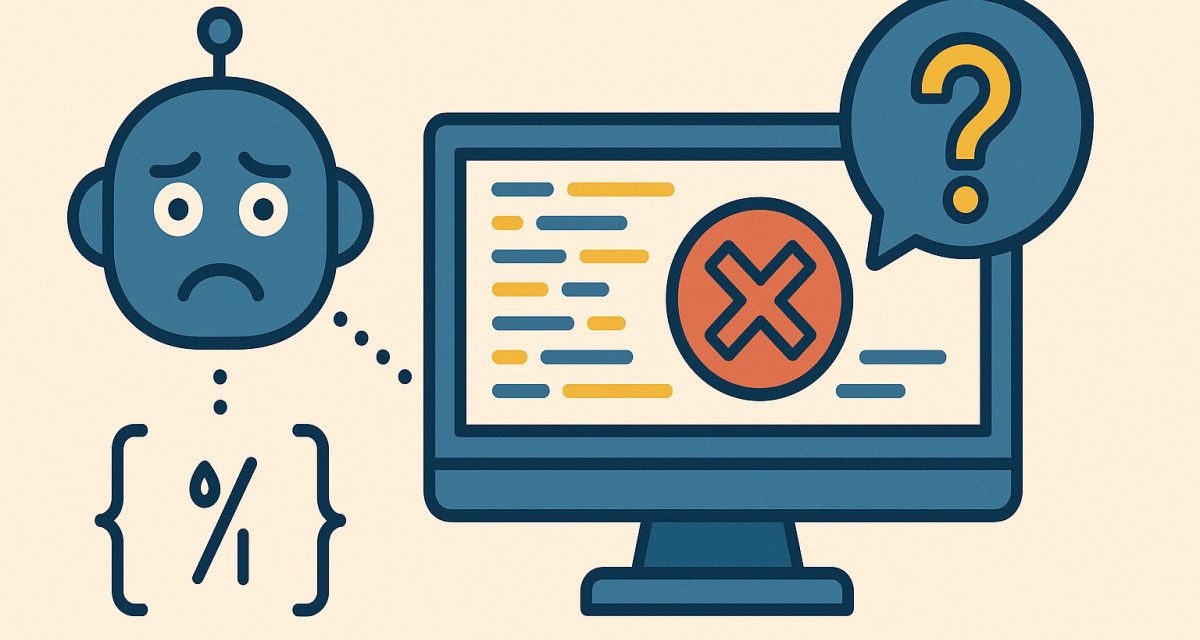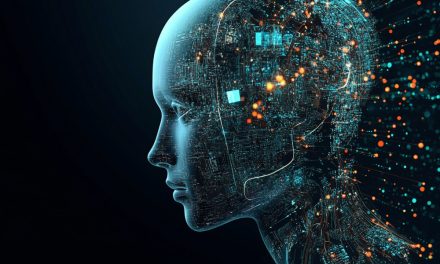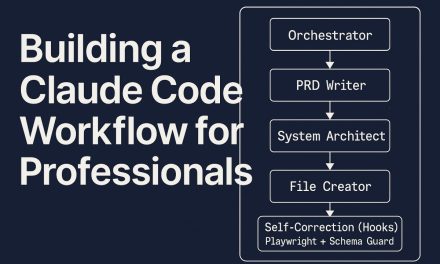Most developers treat AI coding assistants like faster autocomplete—asking for snippets here, debugging there, generating boilerplate. But what if we could hand an AI a complete architectural blueprint and have it build entire features autonomously?
The AIPR Framework (AI Product Realization) represents a paradigm shift: from AI as a coding assistant to AI as a full development partner.
The Core Insight: Context Engineering
The secret to unlocking AI’s full potential isn’t better prompts—it’s better context.
Just as a human developer needs requirements docs, API specs, and architectural diagrams, an AI performs exponentially better with structured, comprehensive context.
The AIPR Framework systematically builds that context through three distinct phases, each producing artifacts that feed into the next.
The 3-Phase AIPR Funnel
🌟 Phase 1: Ideation & Autonomous Research (The Spark)
Objective: Transform raw, chaotic thoughts into structured, actionable knowledge.
Process:
- The Brain Dump
Begin with your unfiltered idea—no structure, just explain what you want to build.
Example: “I want an app that recommends coffee beans based on flavor preferences and brewing method.” - Intelligent Structuring
An AI ideation agent transforms your brain dump into a structured document (IDEA.md) capturing:- Core features (user profile, flavor preference quiz, recommendation engine)
- User stories (“As a user who loves fruity coffee, I want suggestions for beans from Ethiopia so I can explore new roasts.”)
- Success criteria (accurate recommendations 80% of the time)
- Technical constraints (mobile-first, runs on iOS and Android)
- Potential challenges (subjective taste data, sourcing reliable bean data)
- Proactive Research
The AI proactively:- Researches coffee flavor taxonomies (e.g., SCA flavor wheel)
- Finds APIs or datasets for coffee products
- Looks up best practices for recommendation algorithms
- Stores everything in an
ai_docs/directory
Output: IDEA.md + a curated research library.
Why This Matters: You’ve just given your AI the equivalent of a junior developer’s first week of research—in minutes.
🏗️ Phase 2: Interactive Architecture & Blueprinting (The Foundation)
Objective: Convert ideas into technical specifications using Domain-Driven Design (DDD).
Process:
- Context Synthesis
An architect agent ingests all Phase 1 artifacts. - Strategic Dialogue
The AI collaborates with you on:- Tech Stack Selection
Example: Choose React Native for cross-platform UI, Firebase for authentication, and a small PostgreSQL instance for bean data. - Bounded Context Definition
Keep scope tight: only coffee bean recommendations, not full café reviews. - Domain Modeling
Entities:User,PreferenceProfile,CoffeeBean,Recommendation. - Data Schema Design
CoffeeBeantable with origin, flavor notes, roast level, price. - Design System
A warm color palette, clean typography, card-based UI for recommendations.
- Tech Stack Selection
- Validation Loops
The AI questions decisions: “Should recommendations adapt over time as user preferences change?” This prevents blind spots.
Output: AI-PRD (AI Product Realization Document)—your single source of truth.
Why This Matters: Ambiguity is the biggest cause of AI-generated errors. The AI-PRD eliminates 90% of it.
🚀 Phase 3: Tactical Planning & Execution (The Build)
Objective: Break architecture into executable, AI-ready tasks.
Process:
- Intelligent Task Decomposition
The AI planner breaks down the AI-PRD into:- Ordered task sequences (build quiz before recommendation engine)
- Checklists with acceptance criteria (“Quiz must store answers in
PreferenceProfiletable”) - Milestones (MVP with manual bean data → automated dataset ingestion)
- Execution Readiness
Each task includes:- Relevant AI-PRD excerpts
- Implementation notes (“Use content-based filtering for recommendations”)
- Testing steps (unit tests for recommendation scoring)
- Integration points (connect quiz output to recommendation API)
Output: TASKLIST.md, a step-by-step execution plan.
Why This Matters: With this structure, your AI can execute autonomously for hours—while you focus on strategy or customer validation.
The Secret Sauce: Five Fundamental Principles
- Context is King
Instead of asking, “How do I phrase this question?” ask, “What context does the AI need to answer perfectly?” - DDD as Cognitive Guardrails
Clear boundaries prevent scope creep and hallucination. - Information-Dense Keywords (IDKs)
Use action verbs (CREATE, DEFINE), attention markers (IMPORTANT!), cognitive directives (THINK HARD, for Claude Code), and scope limiters (ONLY, NEVER). - Strategic Human, Tactical AI
You make high-level decisions; AI handles execution. - Progressive Complexity Disclosure
Build detail gradually—just like onboarding a new human teammate.
The Paradigm Shift
This isn’t about making AI write better code—it’s about treating AI as a fully onboarded team member with a role, responsibilities, and access to the right context.
When you invest in context engineering, you don’t get a code generator. You get an AI architect capable of building your product while you focus on business growth.






Recent Comments